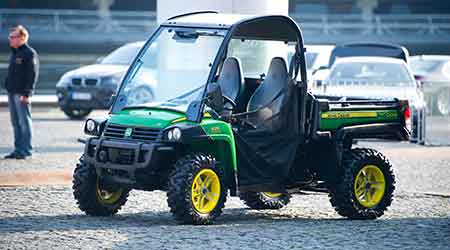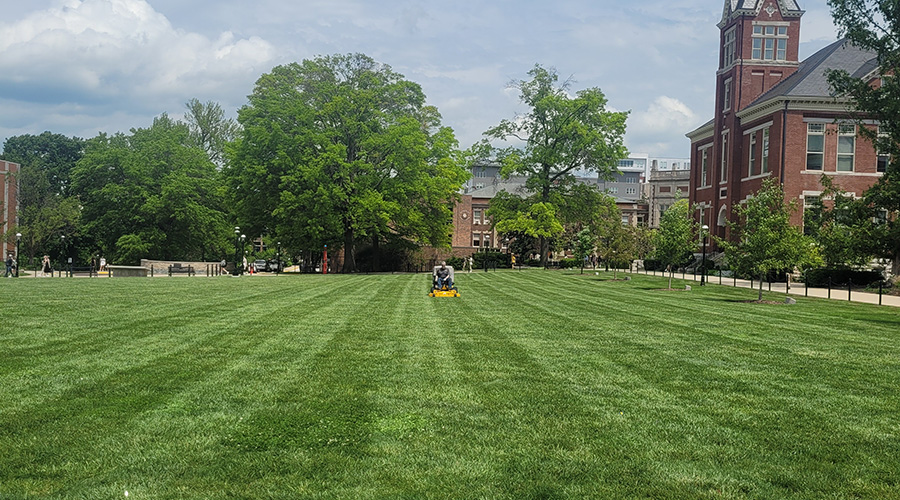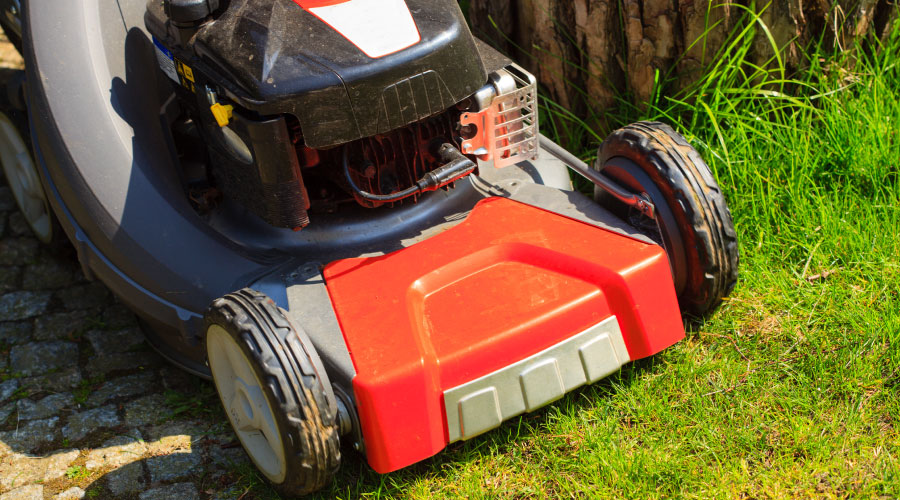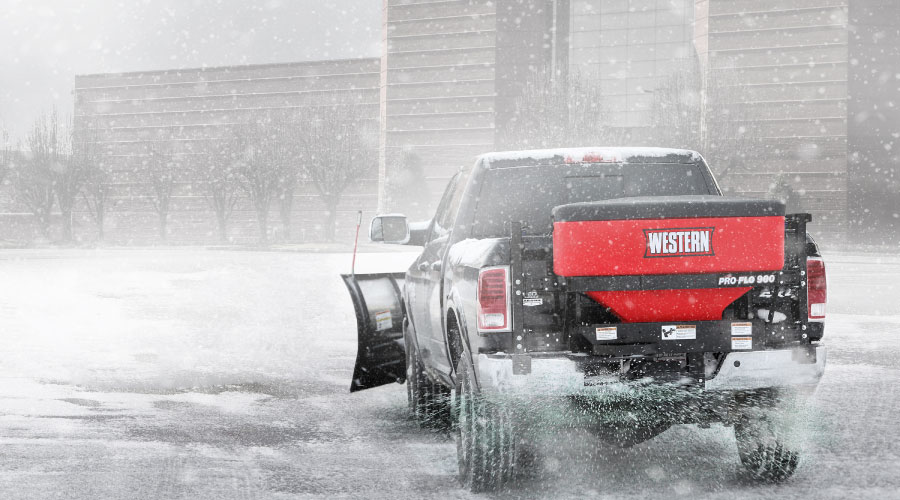Utility Vehicles: Purchase Considerations
Once managers have determined that purchasing new equipment is the best option, they can specify the best option for their department.
Once managers have investigated their options in general and have a better understanding of department needs, they can begin to explore the features, functions and technology available to them and their departments on utility vehicles.
One important step is to evaluate whether a model similar in capabilities and cost to the previous unit is available. The same model might not be available, depending on the age of the vehicle being replaced.
Managers also need to be aware of the impact that product evolution can have. Vehicles have become more sophisticated, and new features and functions tend to drive up the price. New technology also might mean additional training for equipment operators and mechanics, which can lead to more equipment downtime.
New utility vehicles might cost more, but managers need to take into account the savings that can result from fewer repairs and greater efficiency. Many of today’s utility vehicles are more versatile and flexible than their predecessors, so workers can use them for multiple functions and in multiple locations.
Some vehicles can even accommodate attachments from other manufacturers. This versatility can alleviate the concerns of replacing existing attachments purchased for an older vehicle. Vehicle versatility also might enable one new vehicle to perform the operations of more than one existing vehicle. This versatility can eliminate the substantial costs associated with vehicle maintenance, repair and replacement.
Many vehicles can use alternative fuel sources that reduce operating costs. Electric models can reduce operating and maintenance costs by nearly one-half, according to reports, and some managers prefer them over gasoline or diesel engines in locations where noise and pollution are concerns. Alternative-fuel vehicles also can alleviate safety concerns, since their maximum speeds are typically 25 mph.
New vehicles can intimidate users who have grown accustomed to existing vehicles through years of use, so managers choosing a new vehicle should keep the habits of their workers in mind because cutting-edge capabilities will not mean much if workers do not use them. Some employees might be reluctant to use advanced features and might even create manual, cumbersome workarounds not involving a new vehicle in order to perform tasks, which can hamper productivity.
New vehicles also might come with a warranty, and if the existing vehicle had needed repairs over the years, a warranty on a new vehicle can prevent problems related to money, time, and project delays. An extended warranty that covers parts and workmanship can substantially reduce the cost of maintenance and repairs.
Related Topics:


















